Chin Implant or Reduction? A How-To Guide | Gangnam

So, you're standing in front of the mirror, turning your head side-to-side. You’re looking at your profile and thinking... *something* is just not quite right. The chin. It’s either not "there" enough, or it's a little *too* there. And then you start Googling, and suddenly "Gangnam" and "genioplasty" are all over your feed. It’s exciting, a little scary, and mostly just plain confusing. You're not alone in this. Deciding to change your face is a massive deal, and choosing *how* is even bigger.
Let's be real: figuring out if you need a chin implant or a chin reduction is the core of the whole journey. They are literally the exact opposite procedures. One adds volume, the other takes it away. Choosing the wrong one won't just look "off," it can throw your entire facial harmony out of whack. And since you're looking at Gangnam, you’re already aiming for the best. The surgeons in Seoul are world-famous for their skill in facial contouring, but they can only work with the decision *you* make. So, let's break down how you, a normal person without a medical degree, can figure this out.
First Off, What's the Actual Difference?
Before we get into the "how-to," we have to be on the same page. A lot of people mix these up or lump them in with "v-line surgery" (which is related, but different!).
What's a Chin Implant (Augmentation Genioplasty)?
This is for what’s called a "weak" or "recessed" chin. It’s when your chin doesn't project forward enough to be in balance with your nose and forehead. From the side, it might look like it disappears into your neck.
The procedure is pretty straightforward, relatively speaking. A surgeon makes a small incision, either inside your mouth (no visible scar!) or just under your chin. They create a little pocket and slide in a custom-shaped, biocompatible implant (usually silicone or Medpor). This implant gives you the forward projection you were missing. It’s a game-changer for defining the jawline and balancing a prominent nose. It adds structure.
What's a Chin Reduction (Reduction Genioplasty)?
This is for the opposite problem: a chin that is *too* prominent. Maybe it's too long (a "long chin"), too wide, or juts out too far (a "witch's chin"). This is where you feel like your chin is the first thing people see.
This procedure is a bit more complex because it involves working directly on the bone. The surgeon will make an incision inside the mouth, access the chin bone (the mandible), and then... well, reduce it. This can mean shaving the bone down, or it could be a more complex "T-osteotomy" where they cut a T-shape, remove a wedge of bone, and then slide the chin back and fix it in its new, less prominent position. This is true facial sculpting.
How to Decide: Your Step-by-Step Guide to Choosing
Okay, here is the process. This is the mental checklist you need to go through. Don't skip any.
Step 1: The Profile Test (The "Line of Ricketts")
This is the classic, simple test. Grab your phone and take a picture of your face from the absolute side. Make sure you're looking straight ahead, totally neutral. Now, look at (or even draw a line on the photo) from the tip of your nose to the tip of your chin.
In a "classically" balanced face (and I use that term loosely), your upper lip should be about 4mm behind this line, and your lower lip should be about 2mm behind it.
What does this tell you?
- If your chin doesn't even *reach* the line, and your lips are way in front of it, you are almost certainly a candidate for a chin implant. You need more projection.
- If your chin *blasts* past the line, and the line cuts across your lips or is way in front of them, you’re likely in chin reduction territory. You have excess projection.
This isn't a perfect medical diagnosis, but it’s a *really* good starting point.
Step 2: Define Your "Why" - Facial Harmony vs. V-Line Trends
This is the step most people skip, and honestly, its the most important. *Why* do you want this? Are you chasing the super-sharp, pointed "V-line" chin you see all over Instagram? Or are you trying to create balance with your *other* features?
If you have a strong nose, a weak chin will make it look even bigger. A chin implant can magically make your nose look smaller, just by balancing the lower third of your face. If you have delicate, smaller features, a very strong chin can overwhelm them and make you look "harsh." A chin reduction can soften your entire appearance.
Be honest with yourself. Trends fade, but your facial harmony is forever. A good surgeon in Gangnam will actually talk to you about this. They’ll be looking at your *whole* face, not just your chin.
Step 3: Consider the "Other" Option: The Sliding Genioplasty
Here’s where the Gangnam-level expertise comes in. It's not just implant vs. reduction. There's a third, amazing option called a sliding genioplasty (or Osseous Genioplasty).
This is kind of a "two-for-one" and it's all your own bone, which many people love. The surgeon makes a cut in the chin bone, *slides* it forward (like an implant, but it's *you*), and secures it with tiny titanium plates. The beauty of this? It can also be used to move the chin *backward* (for a reduction), *up* (to shorten a long chin), or *down* (to lengthen a short chin).
So, when you're deciding, your question might not just be "implant vs. reduction." It might be "implant vs. sliding genioplasty."
- Choose an implant if: You primarily need simple forward projection, and you want a quicker procedure with an easier recovery.
- Choose a sliding genioplasty if: You need more complex changes (like forward *and* vertical correction), or you are uncomfortable with the idea of a foreign implant in your body. This is a more involved surgery, but the results can be spectacular and incredibly natural.
Step 4: The Virtual Consultation (The Non-Negotiable)
You can't do this alone. You're looking at genioplasty in South Korea, which means you need to take advantage of virtual consultations. *Every* top clinic in Gangnam offers this.
Here's how to do it right:
- Take *good* photos: Front, 45-degree angles (both sides), and 90-degree profiles (both sides). No filters, good lighting, neutral expression.
- Send them to 3-5 *different* clinics you've researched. (We'll get to that next).
- Don't just ask "implant or reduction?" Ask *why*. Ask them to draw on your photos. Ask "Would a sliding genioplasty be better?" "What size implant would you recommend?" "What's your approach to chin reduction?"
You will start to see a pattern. If four out of five top surgeons all say, "You are a perfect candidate for a 6mm implant," you have your answer. If they all say, "Your chin bone is too long; we recommend a T-osteotomy reduction," you have your answer. Let the experts guide you.
Step 5: Research the *Surgeon*, Not Just the Clinic
Gangnam has hundreds, maybe thousands, of clinics. They have fancy lobbies and amazing marketing. This means nothing. You are not paying for the lobby. You are paying for the *surgeon*.
You need to find a surgeon who is a "facial contouring" or "two-jaw" specialist. This isn't a job for a guy who mostly does eyelids. This is bone work. Look for doctors who are members of the Korean Society of Plastic and Reconstructive Surgeons (KSPRS) or the Korean Society for Aesthetic Plastic Surgery (KSAPS). Look for *years* of experience specifically in genioplasty and mentoplasty. This is how you ensure a safe chin surgery in Korea.
Step 6: Factor in Recovery and Long-Term Realities
The "how-to" of deciding also involves the "what-if" of after.
- Chin Implant Recovery: Generally faster. You'll be swollen and on a soft-food diet for a week or two. The final, final result settles in a few months. Long-term risks are low, but include implant shifting or, very rarely, infection or nerve irritation.
- Chin Reduction / Sliding Genioplasty Recovery: This is a bigger deal. Because it involves cutting bone, the recovery is longer. Expect significant swelling for weeks. You'll be on a liquid/soft diet for much longer (maybe 4-6 weeks) to let the bone heal. The upside? Once it's healed, it's *your* bone. It's done. No implant to worry about ever again.
You have to ask yourself: Do I have the downtime for a longer recovery? Or do I need a quicker fix? This practical question can honestly be the tie-breaker.
The Gangnam Factor: Why Choose Seoul for This Decision?
Deciding to get this done in Gangnam is a big move. The reason people do it, and the reason it's smart for this *specific* surgery, is specialization. Gangnam surgeons live and breathe facial bone structure. It's what they are famous for. They aren't just "plastic surgeons"; they are facial contouring artists.
When you're deciding between an implant, reduction, or a sliding genioplasty, you want a surgeon who has done all three... probably thousands of times. They will have the 3D-CT scanning equipment in-house to see your bone structure, nerves, and soft tissue. They can simulate the results for you. This level of high-tech, specialized care takes a lot of the guesswork out of the decision. They will *show* you what each option will look like.
A Quick "Cheat Sheet" for Your Decision
Still on the fence? Here’s the short version.
You are likely a CHIN IMPLANT candidate if:
- Your profile photo shows your chin is "recessed" or behind your lips.
- You feel you have a "weak" jawline.
- You want to balance a more prominent nose.
- You want a relatively faster recovery.
- Your main goal is *forward projection*.
You are likely a CHIN REDUCTION candidate if:
- Your profile photo shows your chin juts out *past* your nose and lips.
- You feel your chin is "too long," "too wide," or "too pointy."
- You feel your chin dominates your other facial features.
- You are prepared for a longer recovery involving bone-healing.
- Your main goal is to *de-project* or *reduce the size* of your chin.
Frequently Asked Questions (People Also Ask)
Am I a good candidate for chin surgery in Gangnam?
In general, you're a good candidate if you are in good overall health, don't smoke (or are willing to quit), and have realistic expectations. For implants, you need to have decent skin elasticity. For reductions, you need to have healthy bone structure. A consultation is the only way to know for sure.
What's better: a sliding genioplasty or a chin implant?
Neither is "better," they're just different! An implant is less invasive and great for simple forward projection. A sliding genioplasty is more powerful—it can move the chin forward, down, or shorten it, all at once. It uses your own bone, so there's no implant risk, but the recovery is longer. This is a key question to ask your surgeon in Seoul.
How much does a chin implant vs chin reduction cost in Gangnam?
This varies wildly. Generally, a chin implant is less expensive than a chin reduction or sliding genioplasty. A reduction is more complex surgery, so it costs more. Ballpark? An implant in Gangnam might range from $3,000 to $6,000 USD, while a reduction or sliding genioplasty could be $5,000 to $9,000+. This all depends on the surgeon's fame, the clinic, and the exact complexity of *your* case.
What is recovery like for genioplasty in Seoul?
You'll definitely need to plan to stay in Seoul for at least 7-14 days post-op. The first week is all about managing swelling (ice packs!) and eating soft/liquid foods. You'll have check-ups to remove stitches and ensure you're healing. After you fly home, the bulk of the swelling goes down over 6-8 weeks, with the final, final result taking 6 months to a year as all the tissue settles.
Will my chin implant look natural?
This is the biggest fear, right? Looking "fake." The key to a natural look from a chin implant is twofold: 1) Choosing the *right size and shape* implant (not too big!), and 2) A surgeon who places it correctly in the pocket so it blends with your jawbone. Gangnam surgeons are known for their aesthetic eye; they tend to favor natural harmony over "obvious" results.
Are there non-surgical options to a chin implant?
Yes! Dermal fillers. You can have hyaluronic acid filler (like Juvederm Voluma or Restylane Lyft) injected into your chin to simulate an implant. This is an *excellent* way to "try on" a new chin. It lasts 1-2 years, is way cheaper, and has no downtime. Many people do this first to confirm they like the look before committing to a permanent chin implant in Gangnam.
The Next Step: From "How-To" to "Let's-Do"
You've done the mirror test, you've thought about your "why," and you understand the difference between adding an implant and sculpting the bone. You're no longer just "confused." You're an informed patient. And that's the *only* kind of patient that should be traveling for a procedure.
The "how-to" of deciding ends here, and the "how-to" of *doing* begins. This next part is all about action. It's about gathering your photos, short-listing your expert surgeons in Gangnam, and getting that professional, medical feedback.
Feeling overwhelmed by the sheer number of clinics in Seoul? That's where we come in. At PlacidWay, we're not a clinic; we're your partner. We've already done the hard work of vetting the top, most-qualified genioplasty and facial contouring specialists in Gangnam. We can connect you *directly* with surgeons who specialize in the exact procedure you're considering, whether it's an implant, reduction, or sliding genioplasty. Stop guessing and start knowing. Contact us today for a free, no-obligation quote and to get your virtual consultations set up with the best of the best. Your balanced profile is closer than you think.


.png)

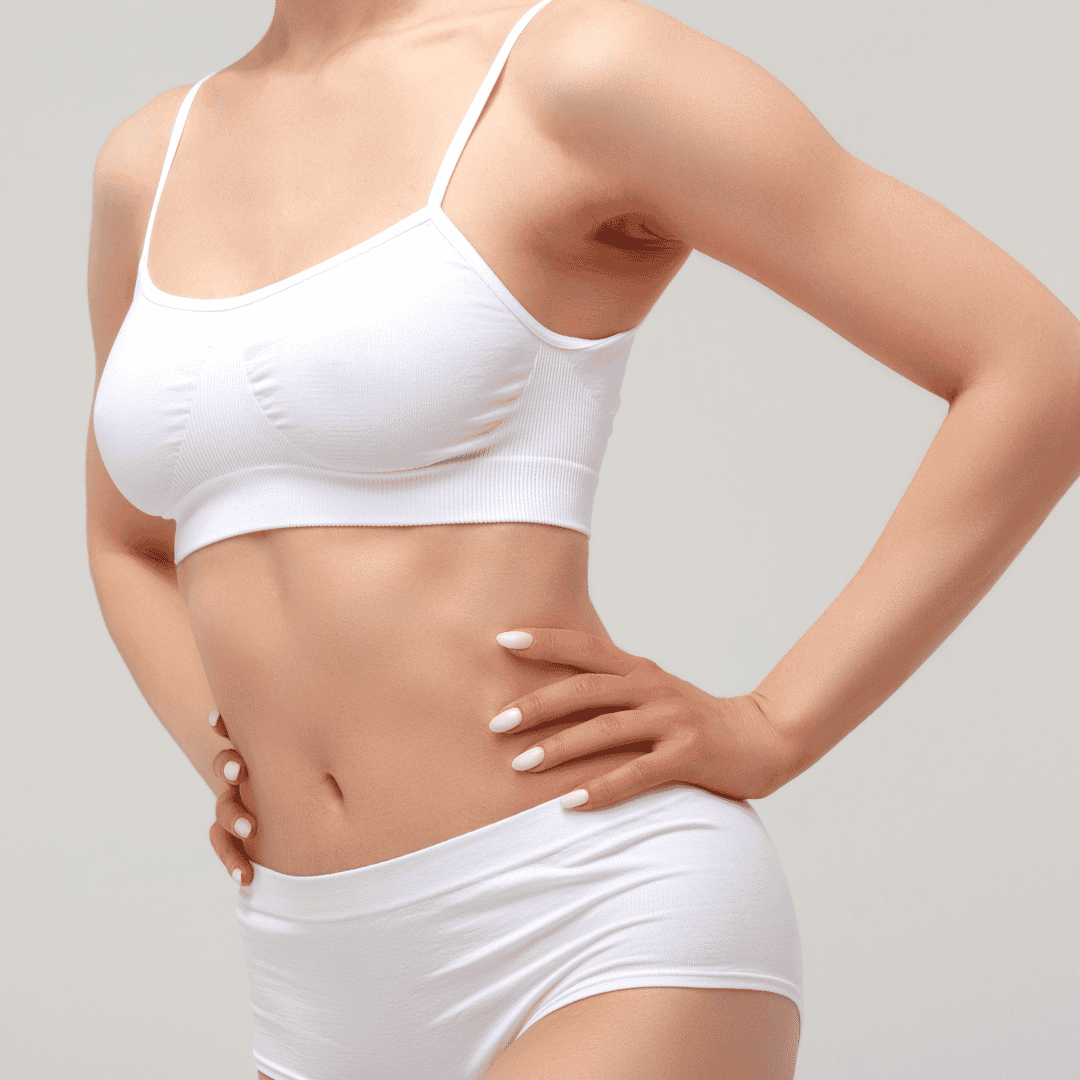



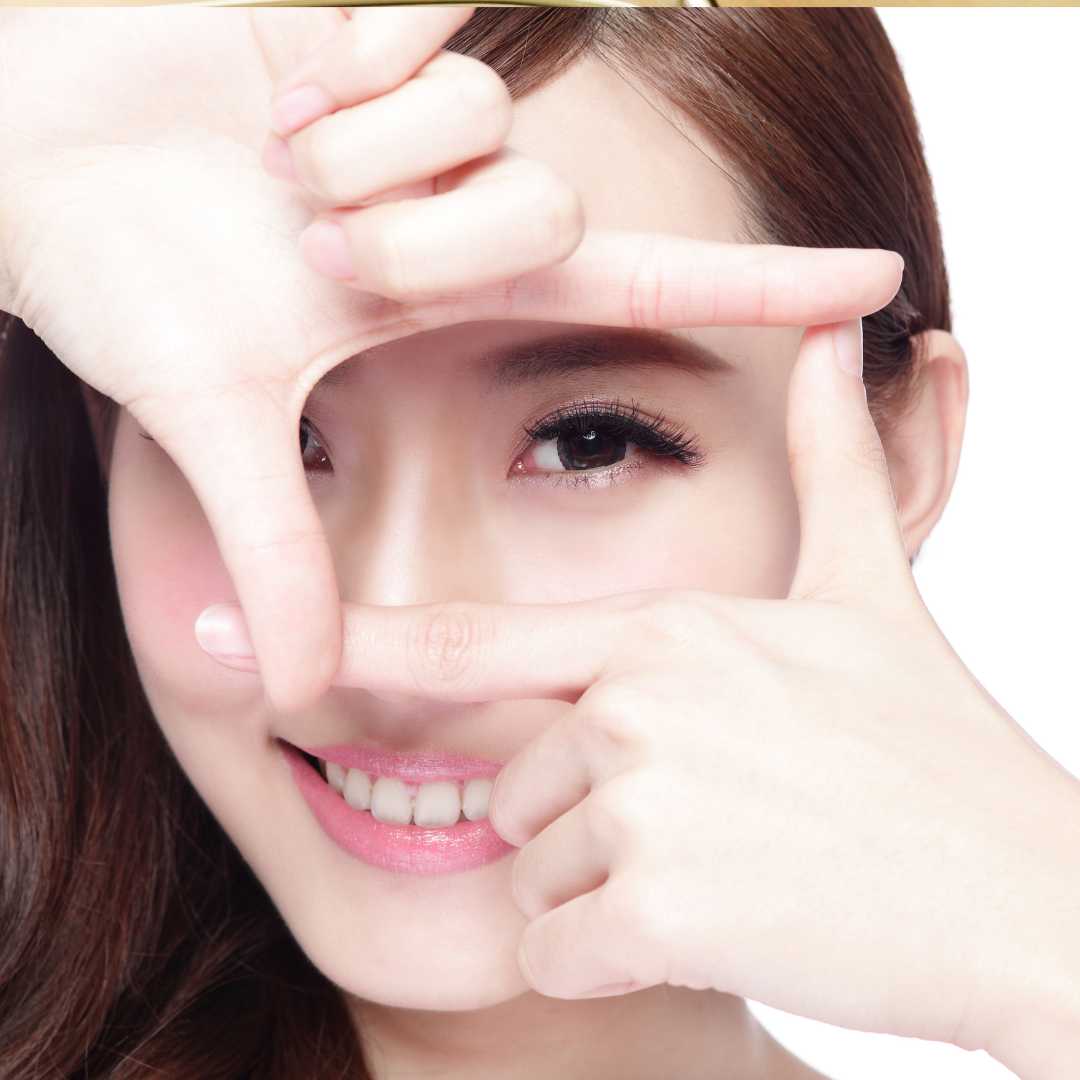

.png)
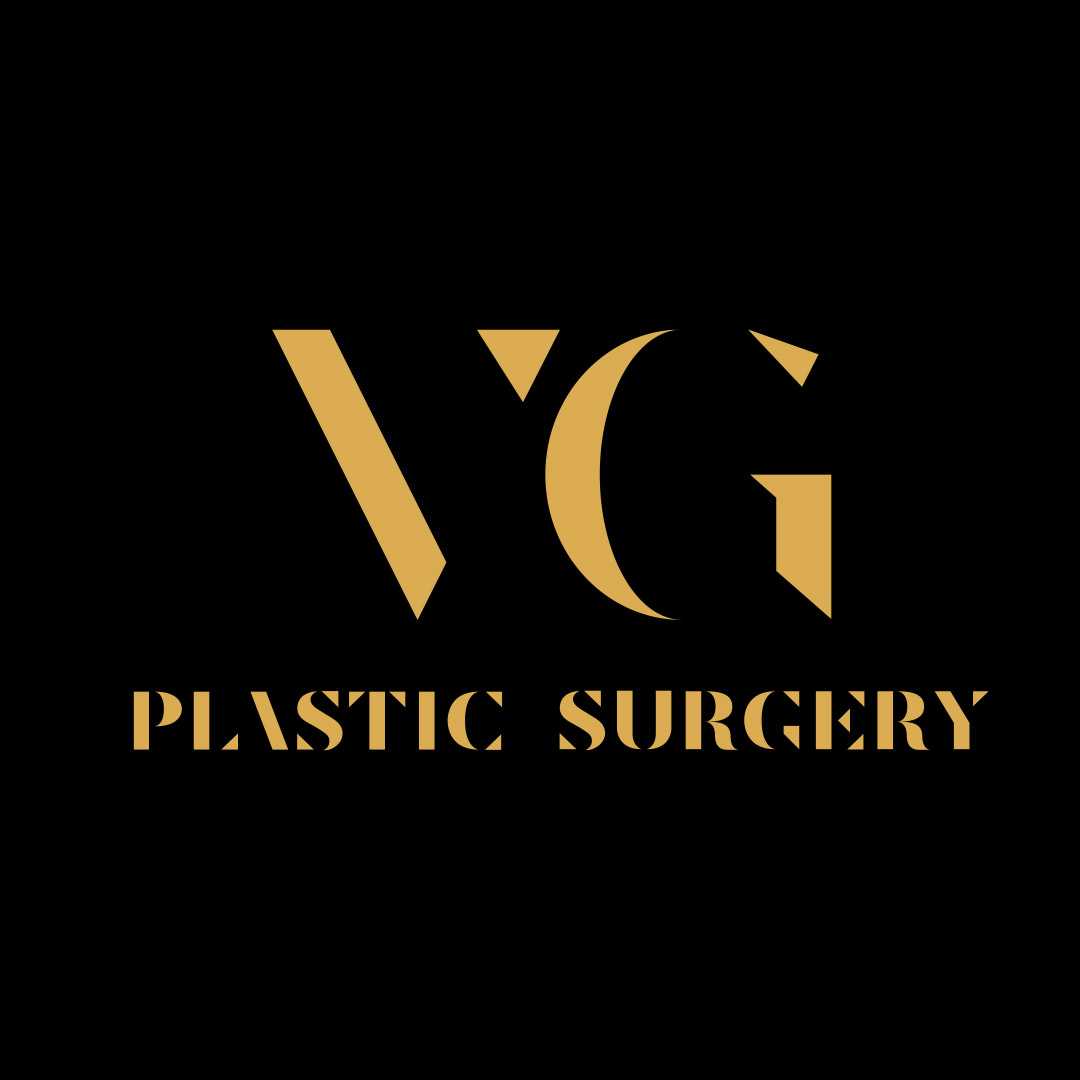
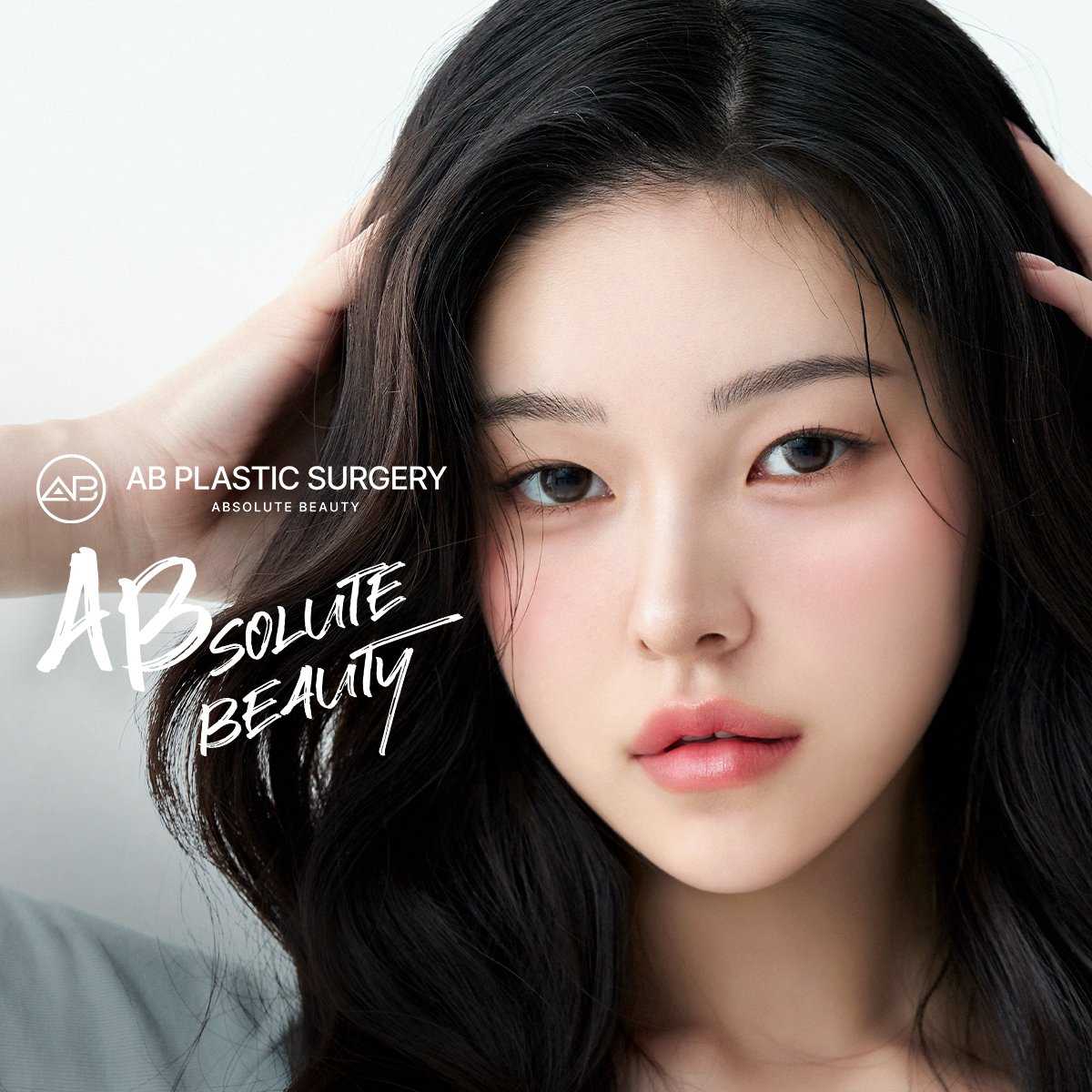

.png)
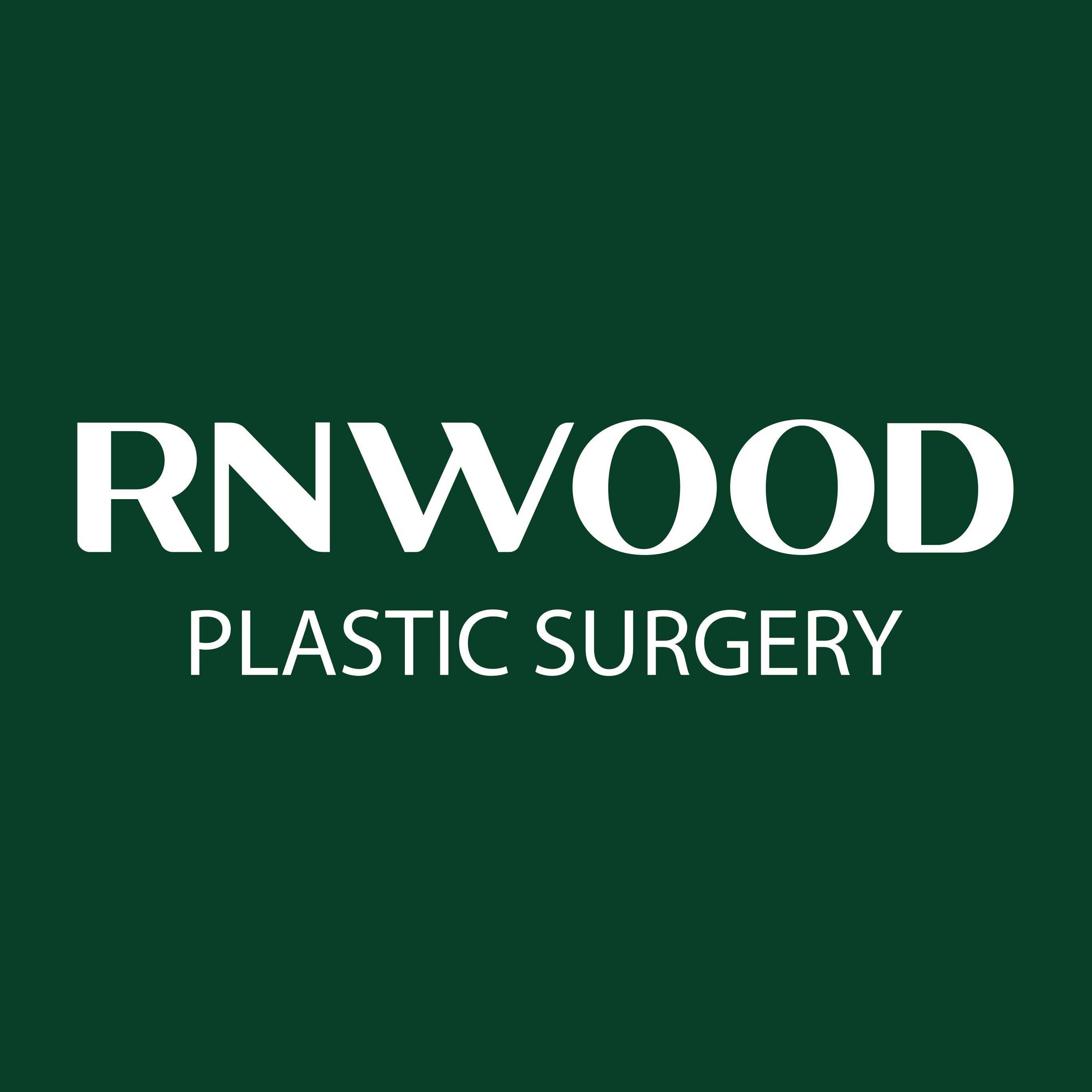

Share this listing